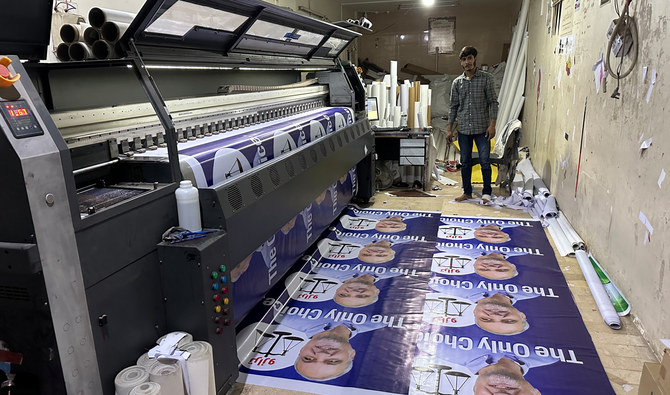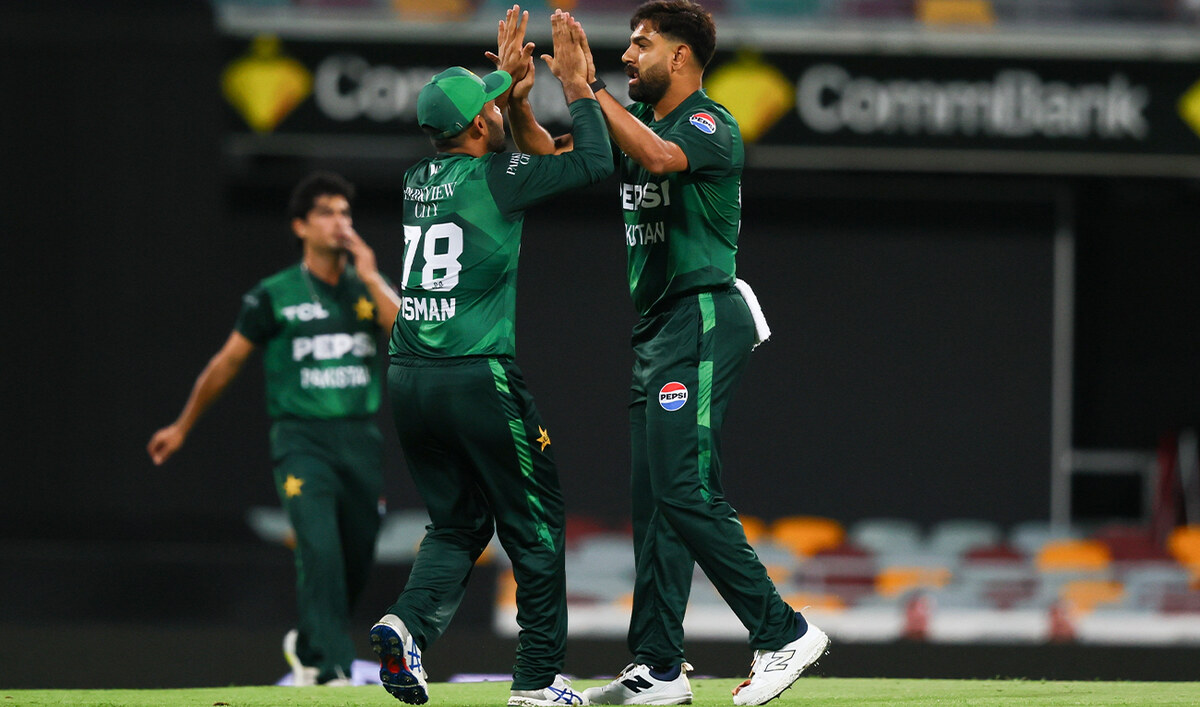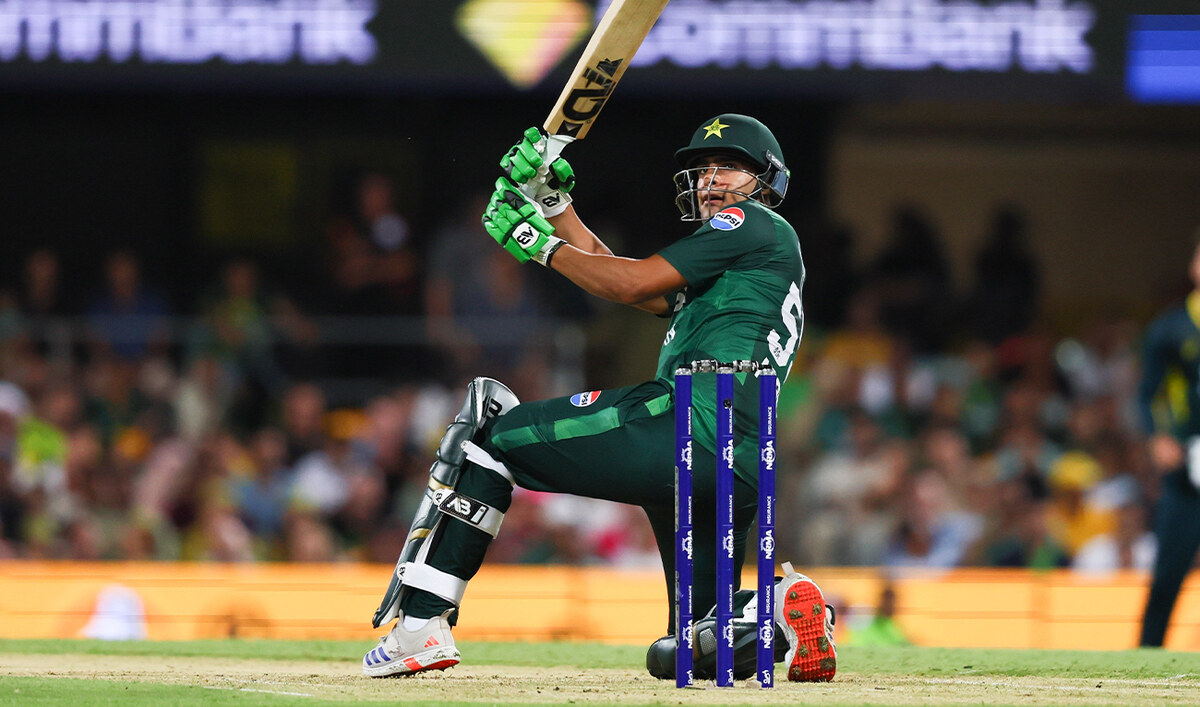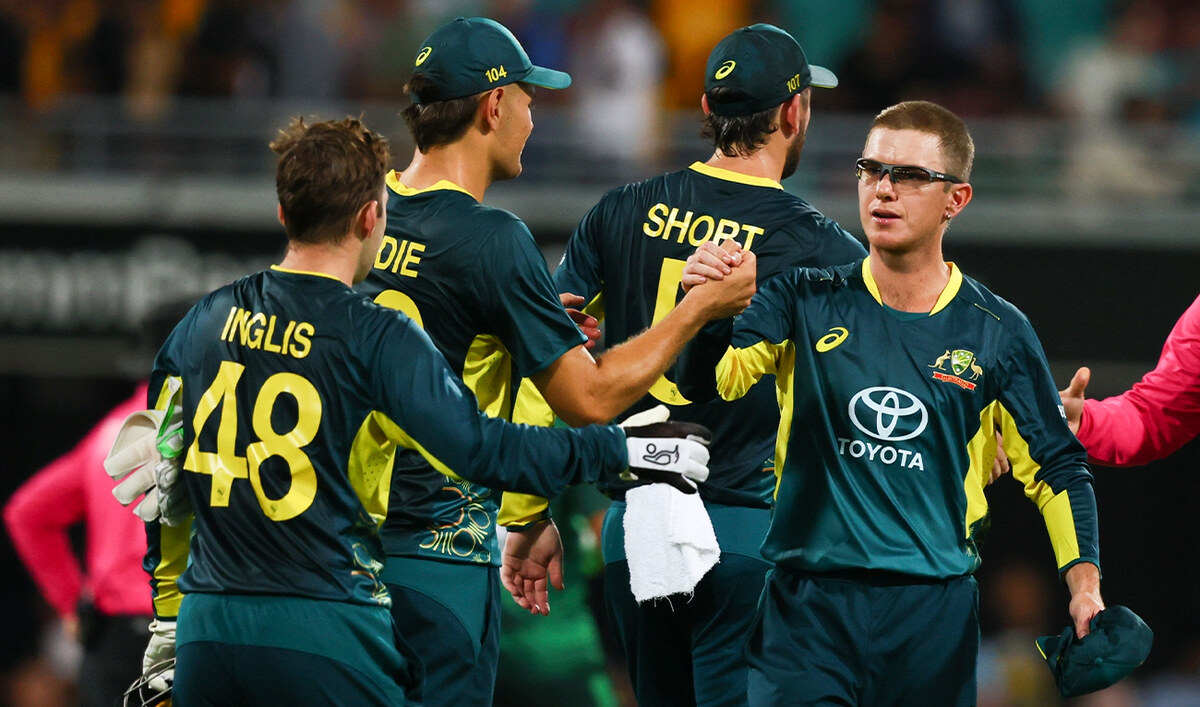KARACHI: Business activities relating to printing of election material have witnessed a downturn of around 50 percent ahead of Pakistan’s general elections, industry stakeholders said, blaming it on prevailing political uncertainty and economic conditions.
The South Asian country of over 241 million people will be going to national elections on February 8 after more than a year of political instability stemming from the ouster of former prime minister Imran Khan in a parliamentary no-trust vote in April 2022.
Pakistan last year narrowly escaped a sovereign debt default, thanks to a $3 billion International Monetary Fund (IMF) bailout. However, decades of economic mismanagement resulted in lowering of forex reserves to critically low levels, depreciation of local currency and record inflation that raised the prices of almost all commodities, including printing materials.
Amid a precarious security situation in the country's western regions, uncertainty continues to shroud the conduct of polls despite repeated assurances from election authorities, deterring election candidates and their supporters against spending much on the printing of election material, according to printing press owners.
“Election-related business activities have declined more than 50 percent if we compare them with the economic activity generated in the previous election in 2018,” Hamid Mehmood, general secretary of Small Printing Press Association (SPPA) in Pakistan's largest city of Karachi, told Arab News.

A worker gestures for a photograph as he prints election posters on a printing press in Karachi on January 23, 2024, ahead of the upcoming general elections. (AN Photo)
“The key reasons are uncertainties surrounding the holding of elections on February 8 and the worst economic conditions country is facing."
Mehmood said even the candidates, whose nominations had been accepted, were not sure of the conduct of polls. There had been a "flood" of demands for printing materials like badges, stickers, posters, and pamphlets in 2018, but this time it was almost negligible, he added.
Mehboob Elahi, a printing press owner at Karachi's Pakistan Chowk, agreed with Mehmood, saying there was a huge difference between the printing demand for previous elections and the current election campaigns.
“If we compare the current business trend with the previous elections that were held in 2018, the current business is much lower,” Elahi said, estimating the business had dropped by up to 40 percent, compared to 2018.

A worker prints election posters on a printing press in Karachi on January 23, 2024, ahead of the upcoming general elections. (AN Photo)
While some improvement was witnessed in the last couple of days, business activities were still sluggish, Elahi said.
Like Mehmood, he also attributed the sluggish business trend to the uncertainty relating to the conduct of elections as well as to a trend shift towards digital panaflex printing and social media.
“Many candidates are turning to the social media to run their election campaign which also cuts demand for the offset printing material,” Elahi said.
Panaflex, commonly used for outdoor signage and banners, is often made of a flexible, weather-resistant plastic material that is suitable for various outdoor advertising purposes. They are popular for their durability, versatility, and ability to withstand different weather conditions.
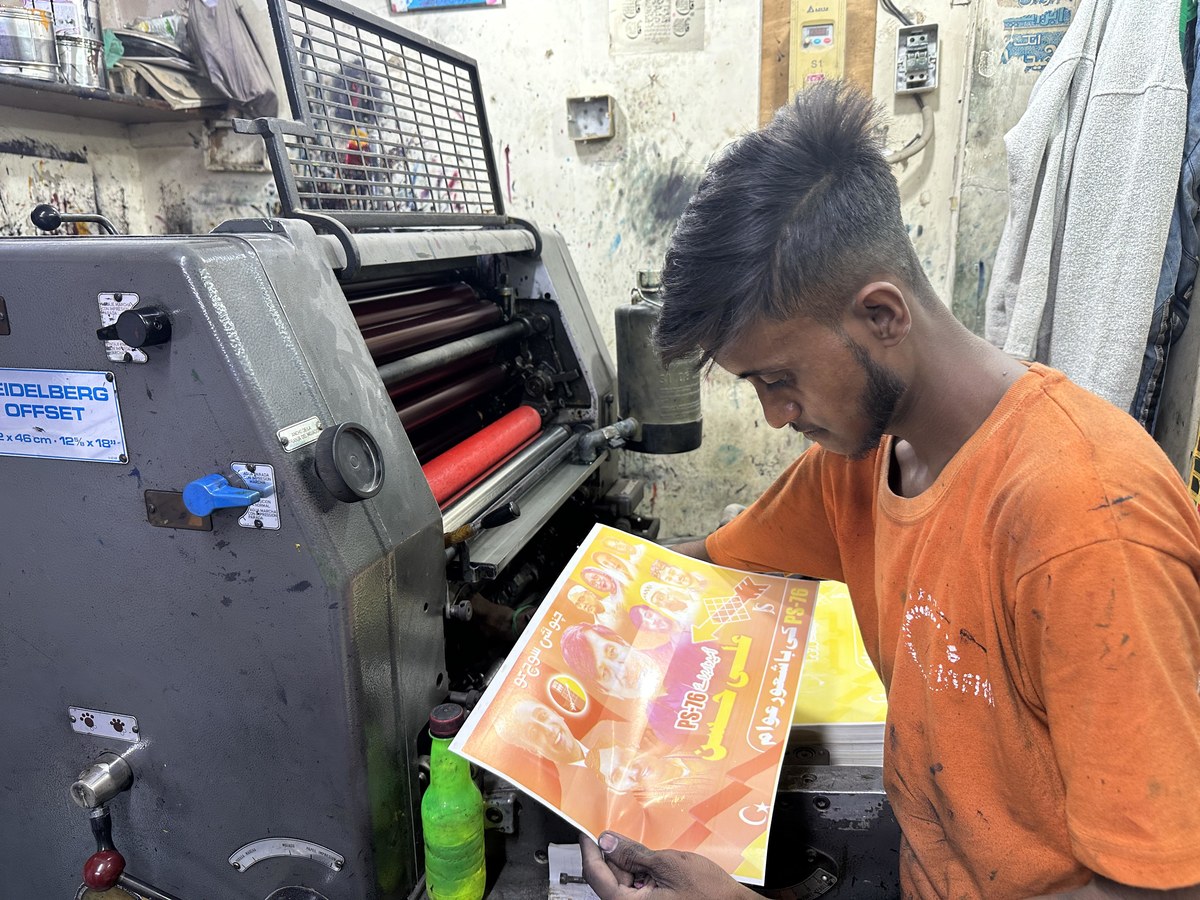
A worker prints election posters on a printing press in Karachi on January 23, 2024, ahead of the upcoming general elections. (AN Photo)
Javed Ahmed Khan, owner of Uzair Print and Panaflex, said while they were receiving orders, it could still not be equated with what it was in 2018.
“We had round-the-clock operations back then (2018) and we would decline booking orders,” he recalled. “This month, we have had only a couple of days when we ran the operations in three shifts.”
Khan shared the printing cost had also gone up due to the hike in the price of materials. “The cost has increased from Rs15-16 per square feet to Rs25-30 per square feet this time,” he said, attributing it to the dollar-rupee disparity.
With the polling day just less than two weeks away, printing press stakeholders expect the business may improve a bit, if the uncertainty subsides.


